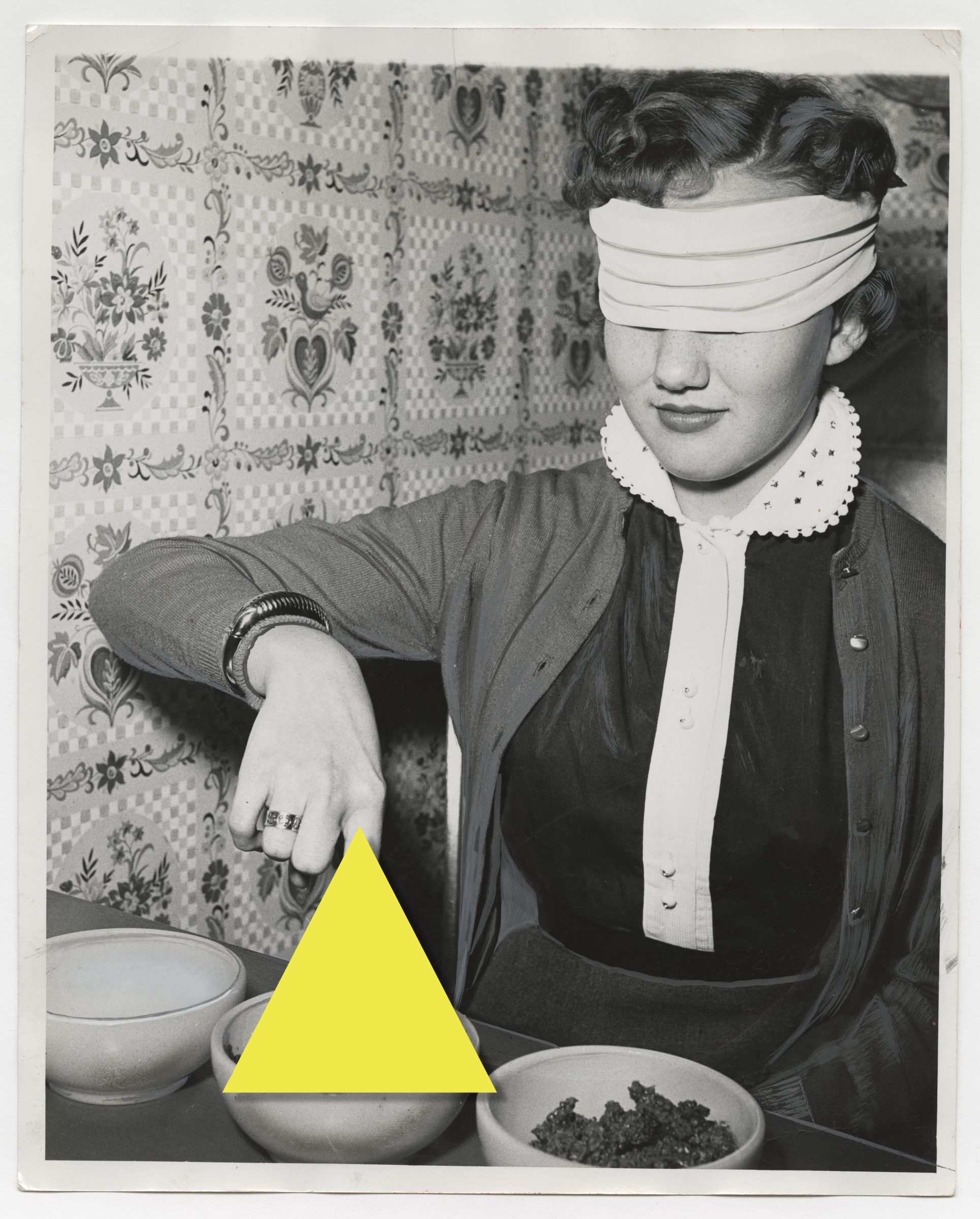
I’m Still Here, 2023
This series results from research and projects developed over the past 8 years with organisations such as prisons, legal medicine institutes and human rights organisations based in conflict zones.
Although the artworks do not deal with the themes covered by these earlier projects they explore, nonetheless, the ontological framework that underpins them, in particular Freud’s early ideas about scopophilia (the pleasure of looking).
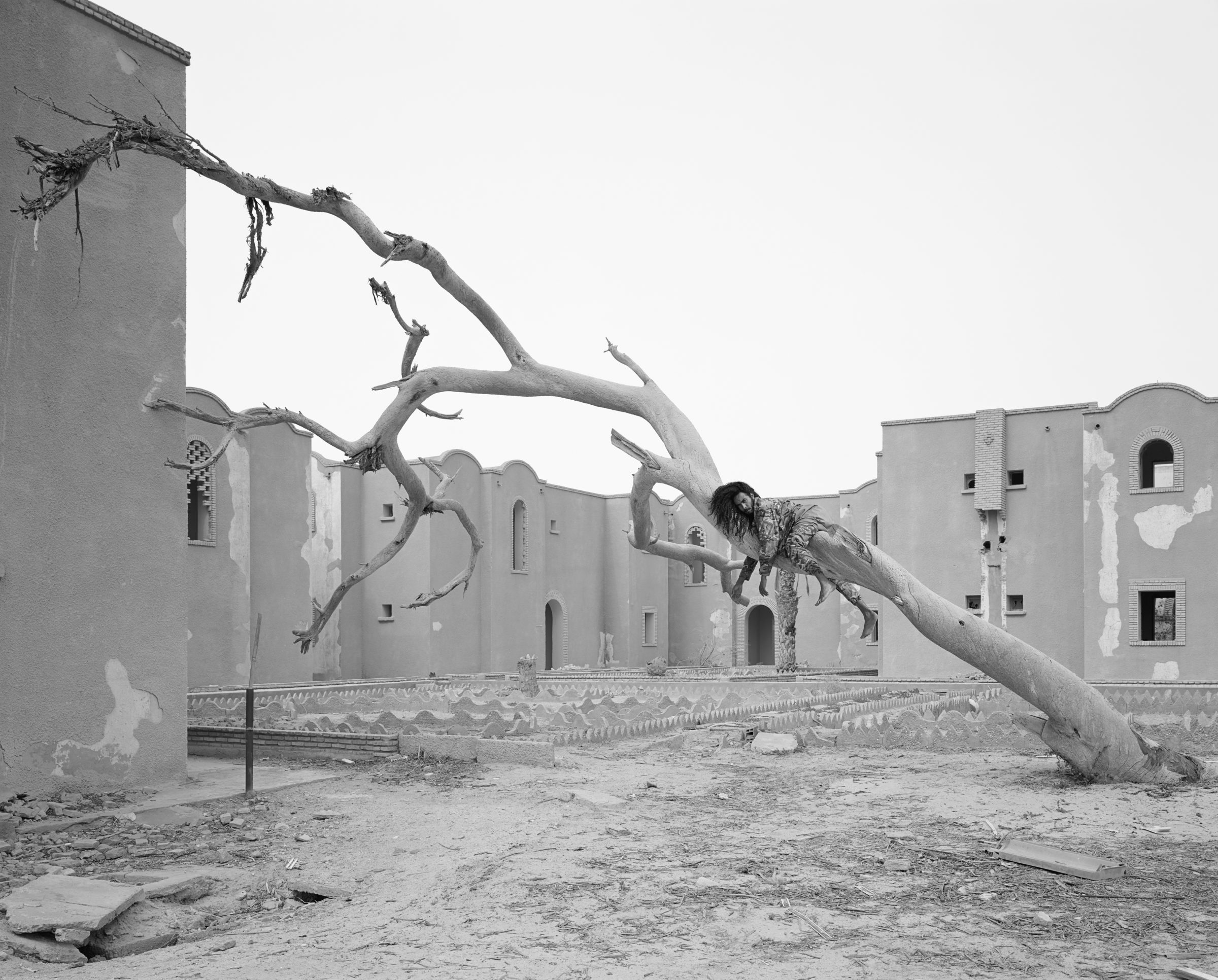
Anton’s hand is made of Guilt. No muscle or Bone. He has a Gung-ho finger and a Grief-stricken Thumb, 2023
This work-in-progress project, which has been in gestation since 2019 is based on a poignant and very personal story and experience: the death and disappearance of my close friend, photojournalist Anton Hammerl, during the 2011 Libyan war. Developed in North Africa, this project responds to Anton Hammerl’s disappearance/death through a speculative examination of the circumstances surrounding his demise as well as a reflection on the decisive but paradoxical role that photography has played in conflict zones.
more >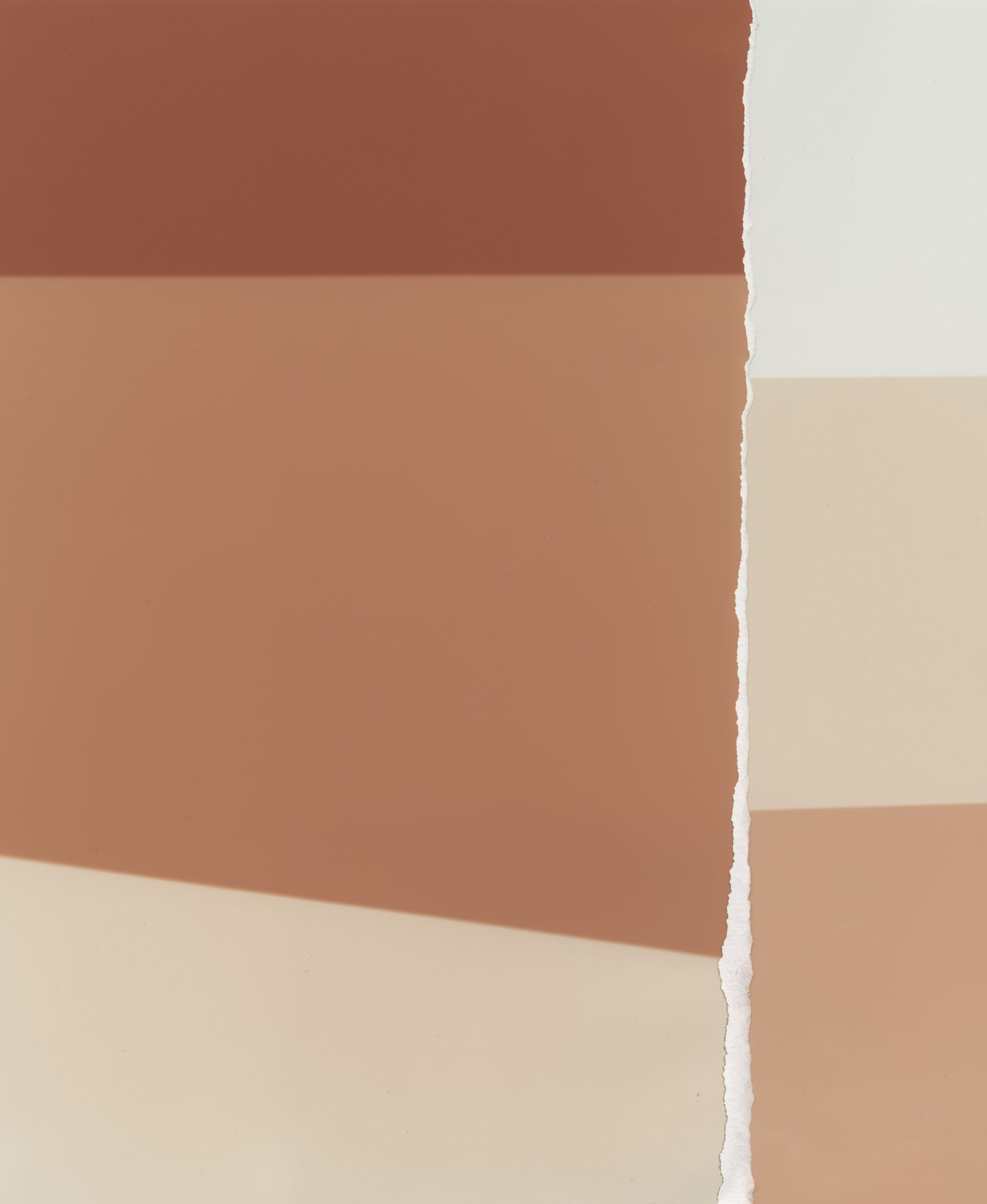
Lipographic Light Studies, 2022
“Lipograph” is a term I have coined, inspired in George’s Perec’s lipogramme. In this experimental series I have adopted Perec’s lipogrammatic approach to explore the ontological concept of absence and reflect on how one might tackle a complex topic such as the disappearance of a loved one. This project is part of an overarching series inspired by the death and disappearance of my good friend, photojournalist Anton Hammerl, during the 2011 Libyan war.
more >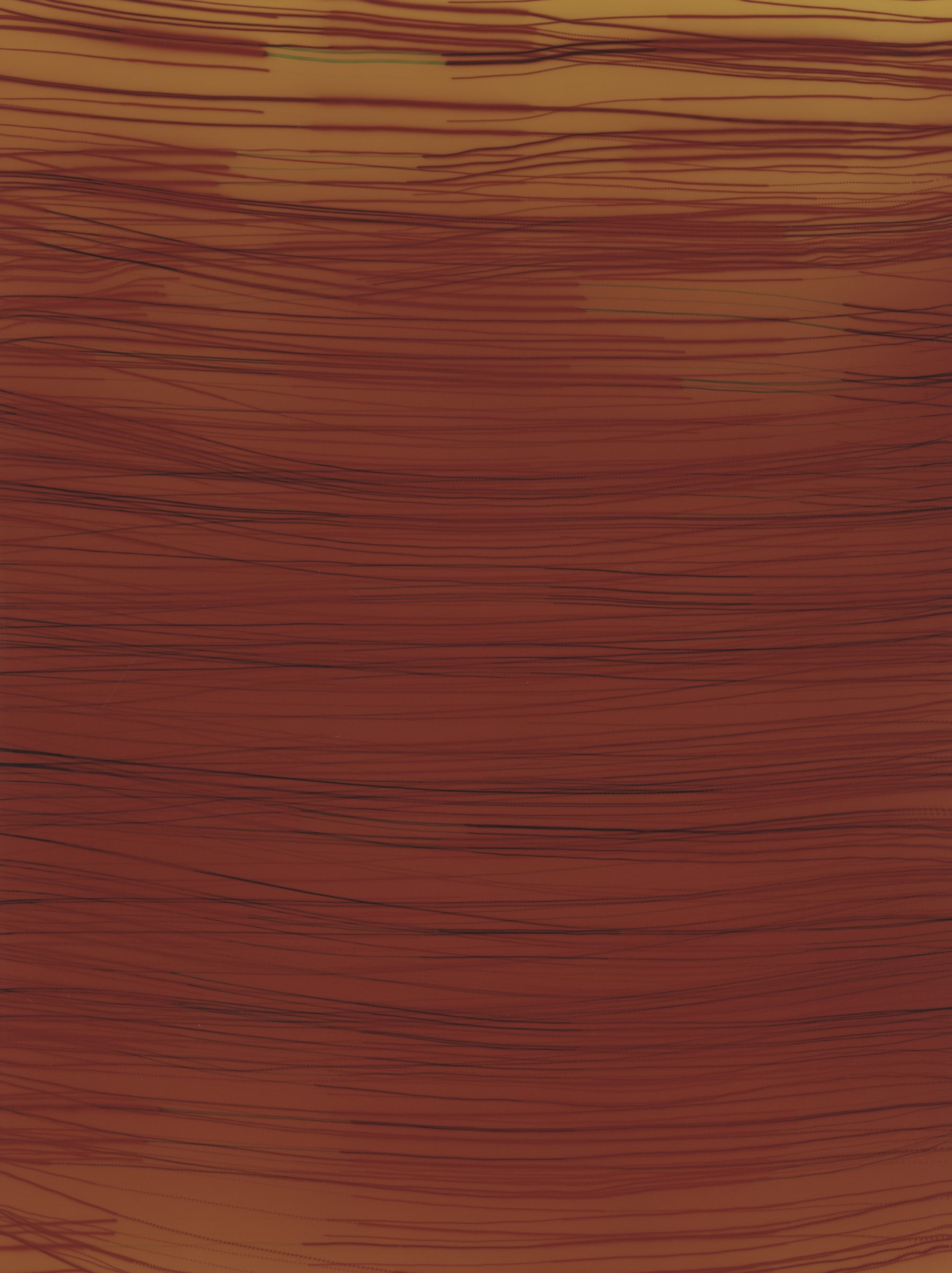
Lipographic Light Studies, 2021
“Lipograph” is a term I have coined, inspired in George’s Perec’s lipogramme. In this experimental series I have adopted Perec’s lipogrammatic approach to question photography’s powers of testimony and reflect, in the process, on how it might tackle a complex topic such as the disappearance of a loved one. This project was inspired by the death and disappearance of my good friend, photojournalist Anton Hammerl, during the 2011 Libyan war.
more >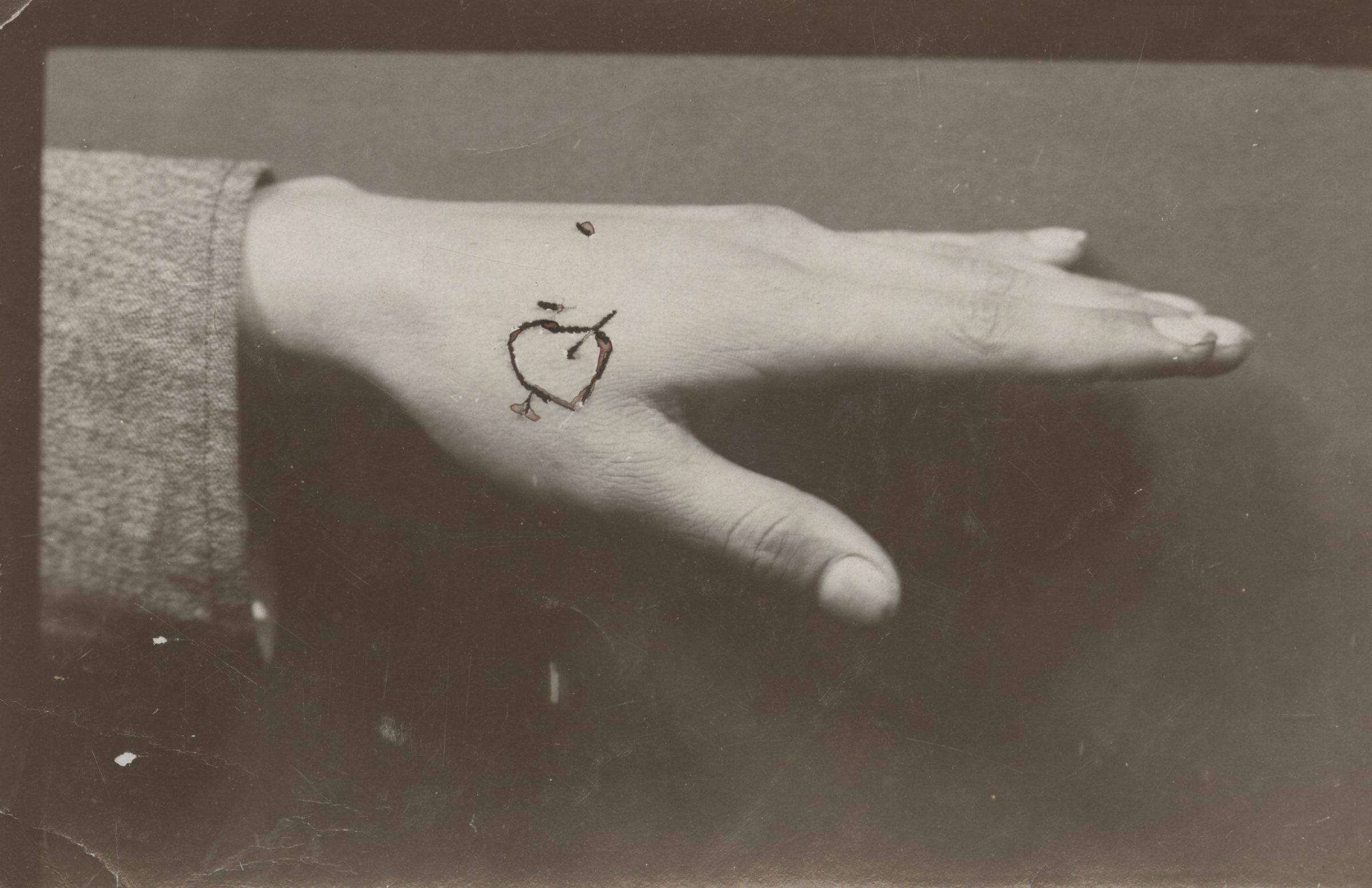
When he spoke he fired imaginary shots with his gun shaped hands, 2022
Когда он говорил, он производил воображаемые выстрелы своими руками в форме пистолета or “When he spoke he fired imaginary shots with his gun shaped hands”, is a collection of historical photographs from Edgar Martins’ personal collection, as well as from the photographic archives of The Archive of Modern Conflict (UK) and The Moth House (UK). This curated body of work explores another side of war: the high-stakes, violent, game-like competition and play that the boredom and mundanity of war creates and forces upon soldiers and citizens.
more >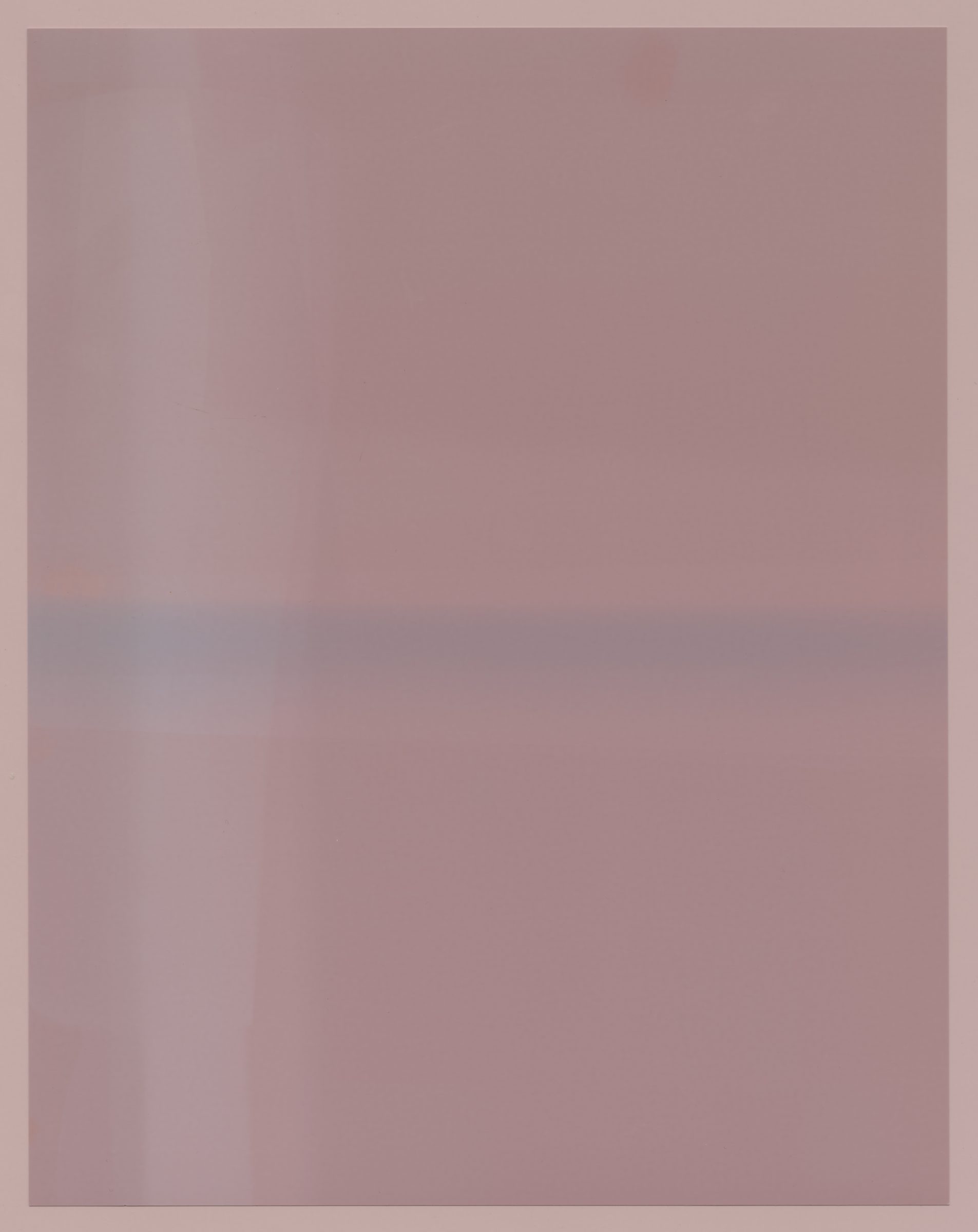
The Strange Case of Achilles and the Tortoise, 2021
Prior to the Covid19 pandemic, I had grown convinced that Photography had reached a singularity of sorts. Image making had become inextricably aligned to Technocapitalist doctrine: it was all, increasingly, about constant upgrading & optimisation (the latest lens, the latest camera, the latest app, the latest operating system), to the detriment of the creative process. The works in this series challenge this notion and are produced, entirely, by making use of the by-products of the printing process and items that would normally be discarded.
more >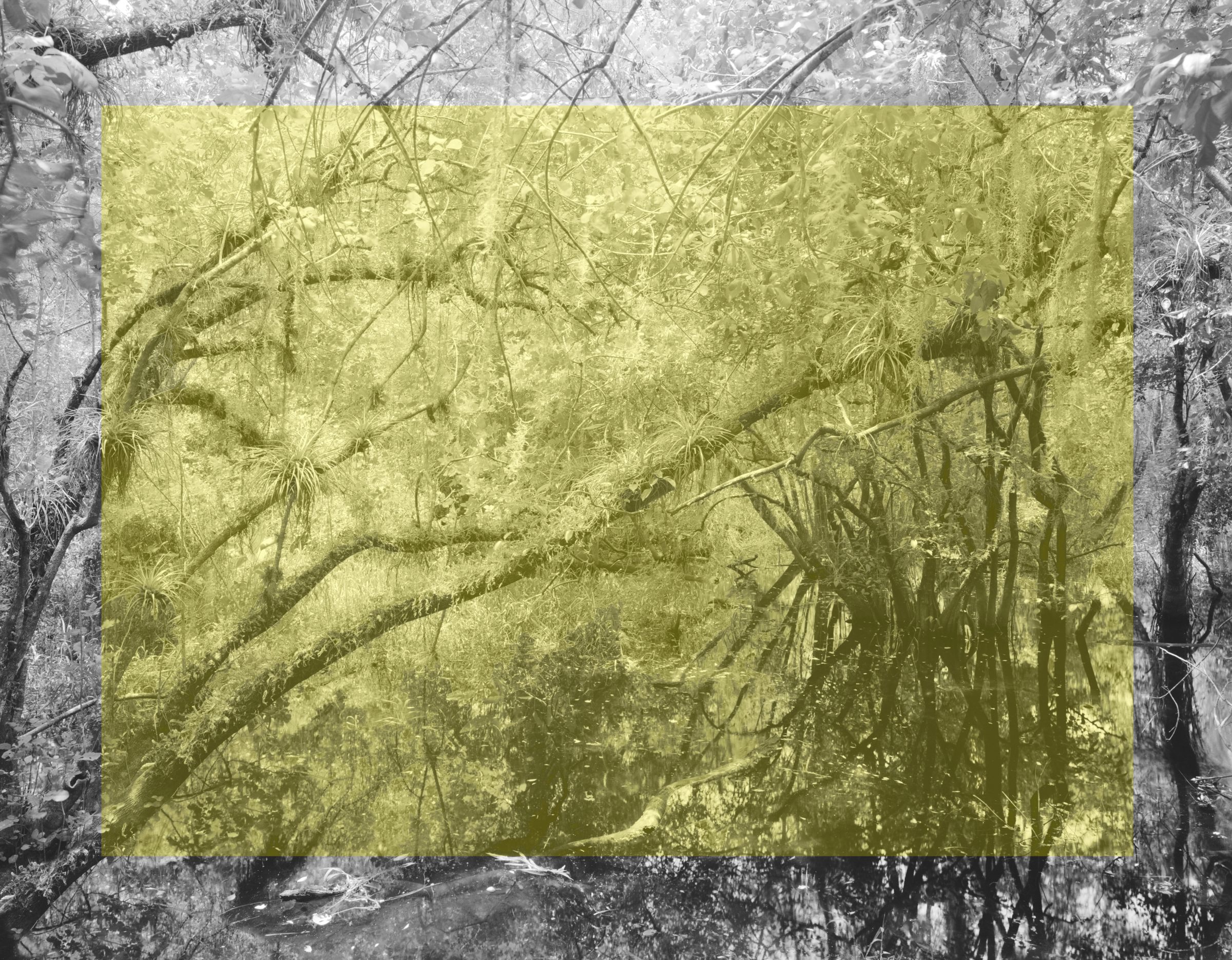
I wance met Jesus in a coille, 2021
Inspired by J.G. Ballard’s “The Atrocity Exhibition”, in particular the prescient, psychosexual 1967 piece, “Why I Want to Fuck Ronald Reagan”, and developed with the Institute of Legal Medicine & Forensic Sciences, Edgar Martins’ new project is a speculative investigation of the relationship between fire and death, pyromania and desire. By focusing on the hand, as his subject, as well as the case of Ron dos Santos (a prolific pyromaniac), Martins guided us through a visual journey of our worst fears, impulses, anxieties and apprehensions.
more >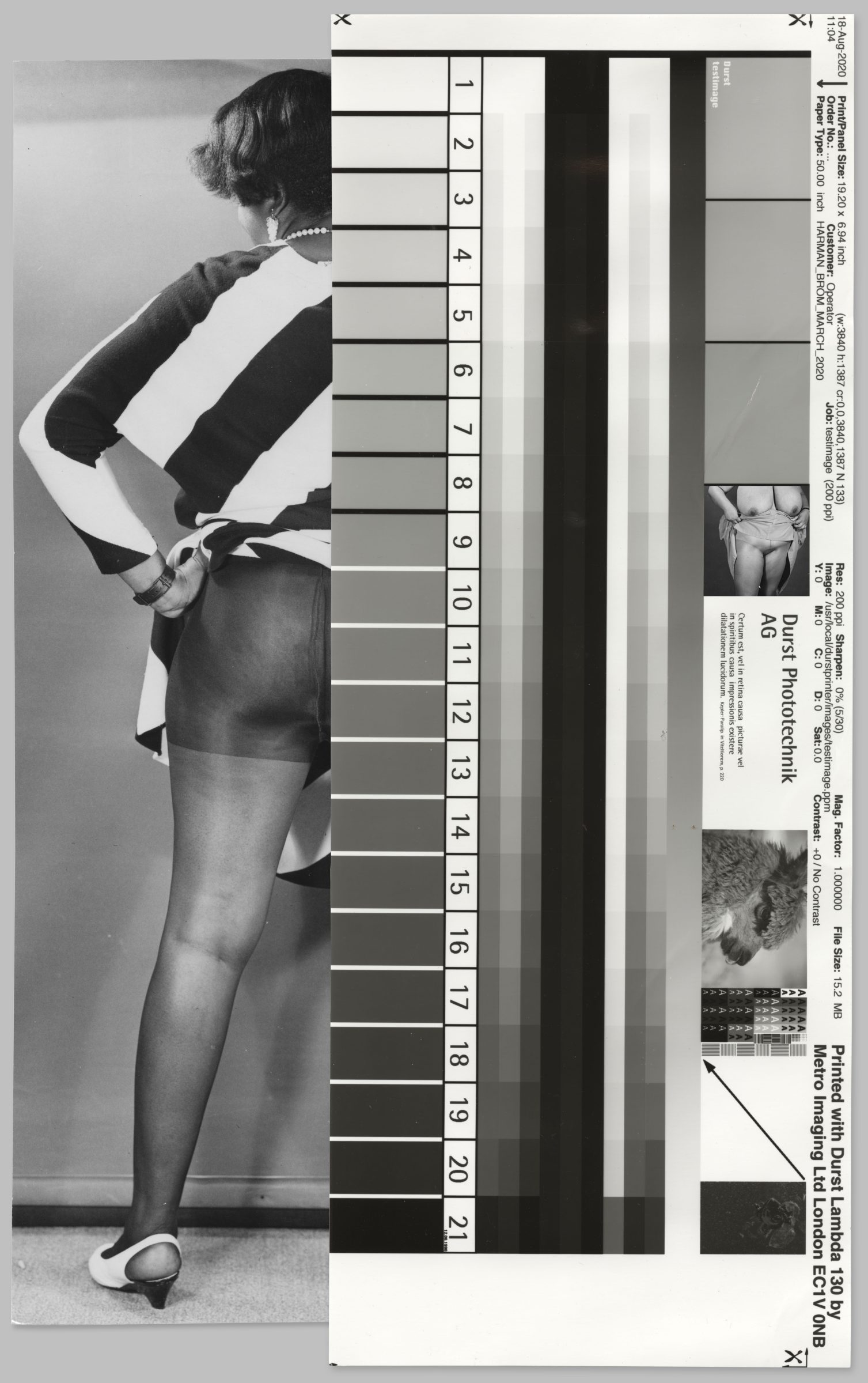
All the women I have photographed. All the women I have slept with, 2020
This project stems from a collaboration between Mia Salvato and Edgar Martins. It examines and reimagines an album of photographs from the collection of the Archive of Modern Conflict, taken by an unnamed Cleveland-based (USA) policeman in the 1960s, who produced erotic images of black women in his spare time. By juxtaposing image and test print used for chemical and color control in C-type analogue printing machines these images open up a debate about the politicisation of the representation of the female body, gender performance and photographer/subject power relations and their implications on contemporary photographic discourse.
more >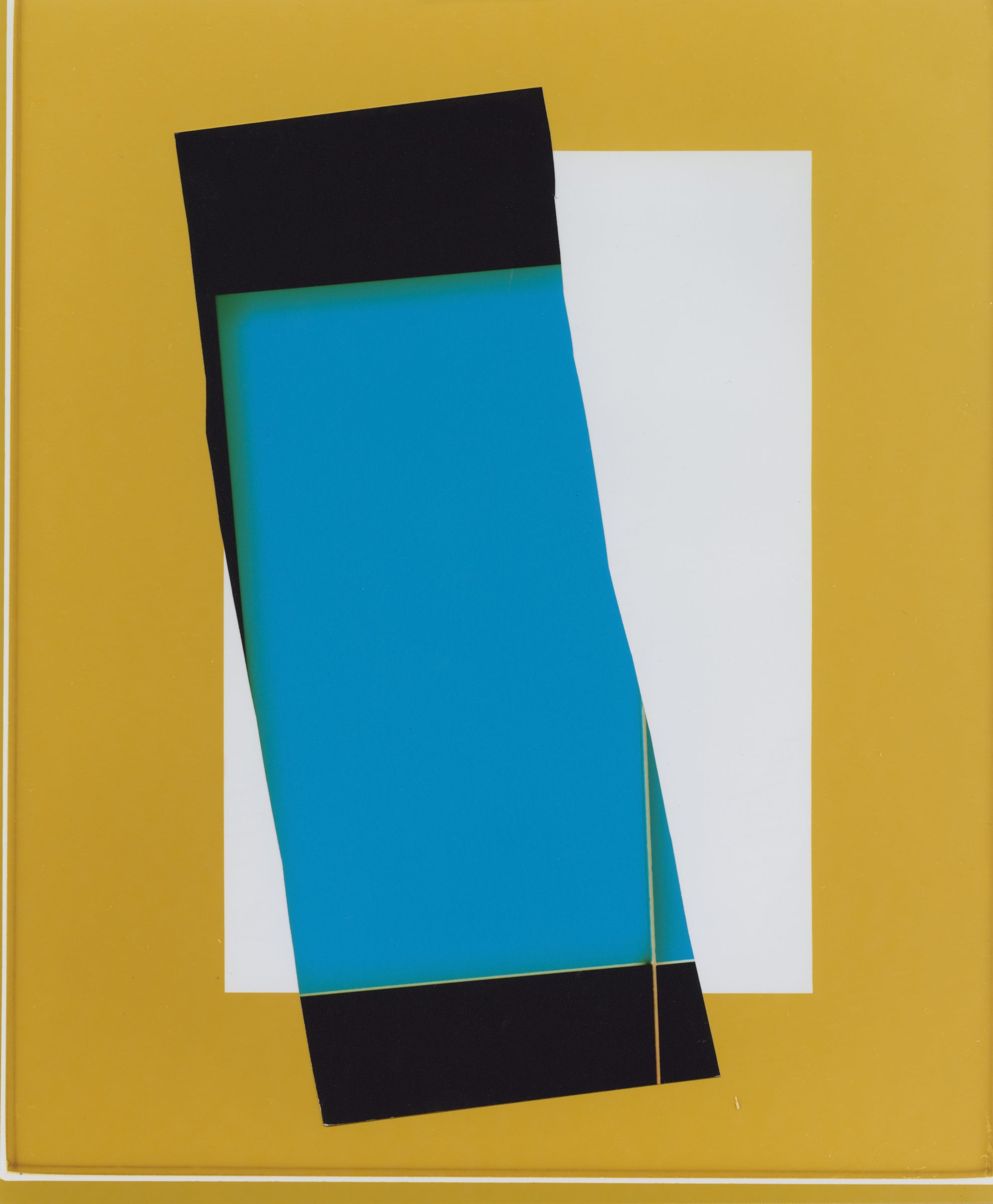
The Strange Case of Achilles and the Tortoise, 2020
Prior to the Covid19 pandemic, I had grown convinced that Photography had reached a singularity of sorts. Image making had become inextricably aligned to Technocapitalist doctrine: it was all, increasingly, about constant upgrading & optimisation (the latest lens, the latest camera, the latest app, the latest operating system), to the detriment of the creative process. The works in this series challenge this notion and are produced, entirely, by making use of the by-products of the printing process and items that would normally be discarded.
more >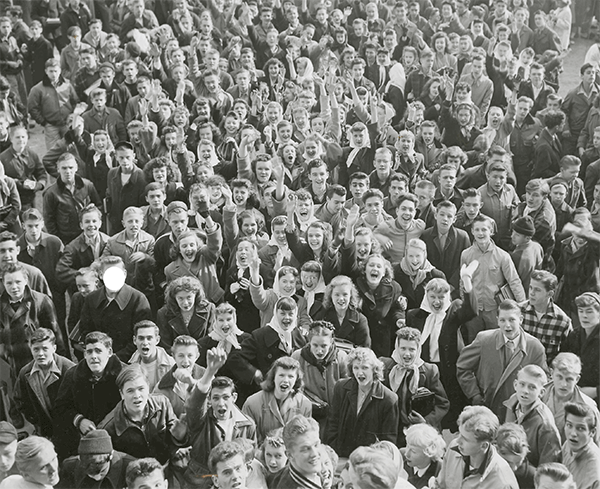
The Life and Death of Schrödinger’s Cat, 2018
The Life and Death of Schrödinger’s Cat is a 20min, 4channel sound film, which deploys a succession of photographs, strongly reminiscent of scientific illustration and documentation, and that remarkable 1977 photobook by Larry Sultan and Mike Mandel, Evidence, in which their appropriations use an older, outdated mode of photography to show a testing of truth and certainty in the wake of Watergate and Vietnam. All fail to illustrate and communicate and become instead science fiction, beautiful enigmas.
more >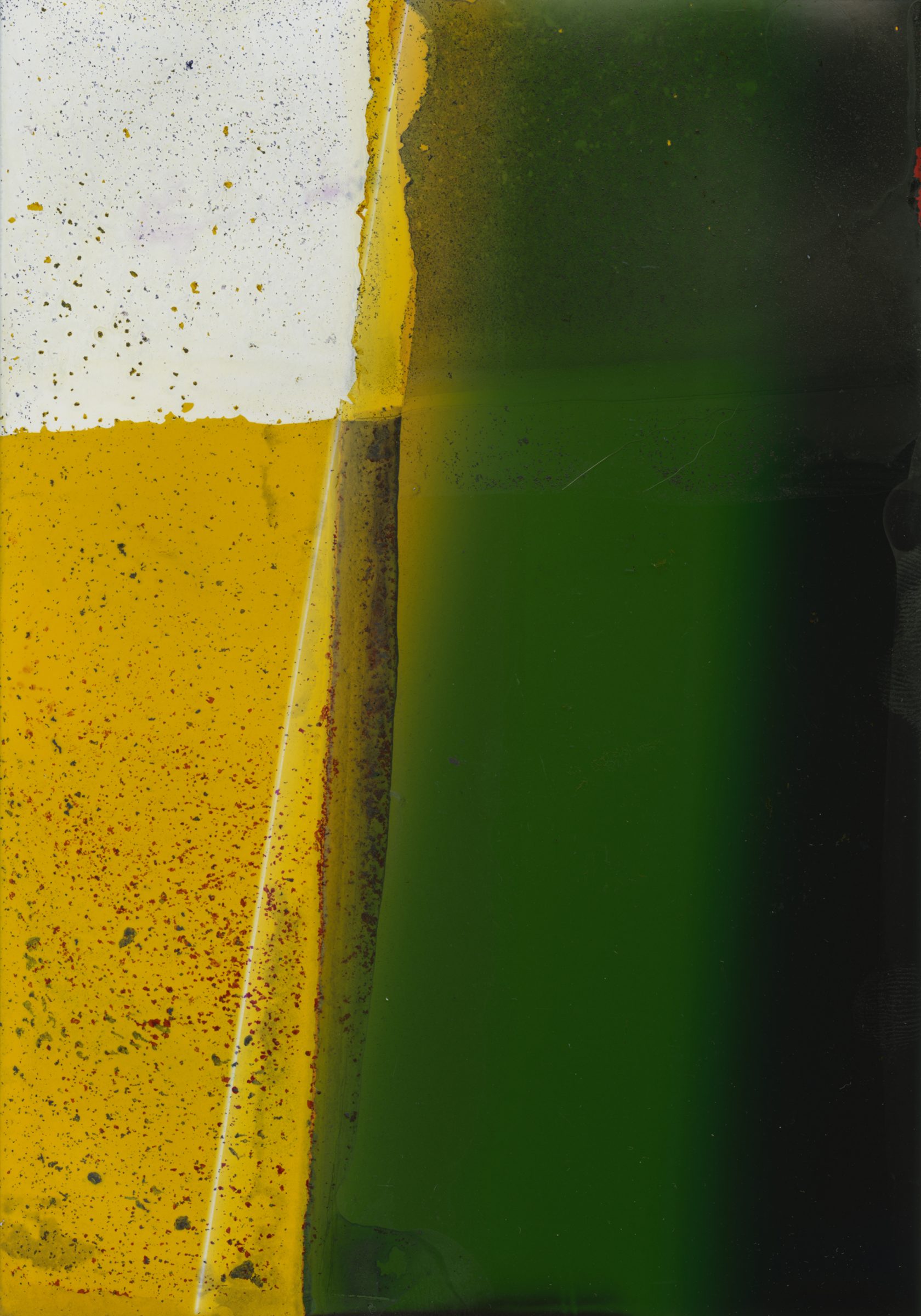
Destinerrances, 2019
Destinerrance is a term proposed by the French philosopher Jacques Derrida in his seminal book La Carte Postale, which combines notions of destination and destiny with error or errancy. Derrida plays with the idea of the postcard – the text open, unsealed, free for all to read, yet closed, encrypted, intended for one addressee – as the emblem of writing at once always disclosive yet closed and enigmatic. Every note, every photograph, I submit, is foundationally readable yet ultimately unreadable.
The artworks displayed in this gallery depict photographs of personal letters I exchanged inmates at HMP Birmingham over a period of two years.
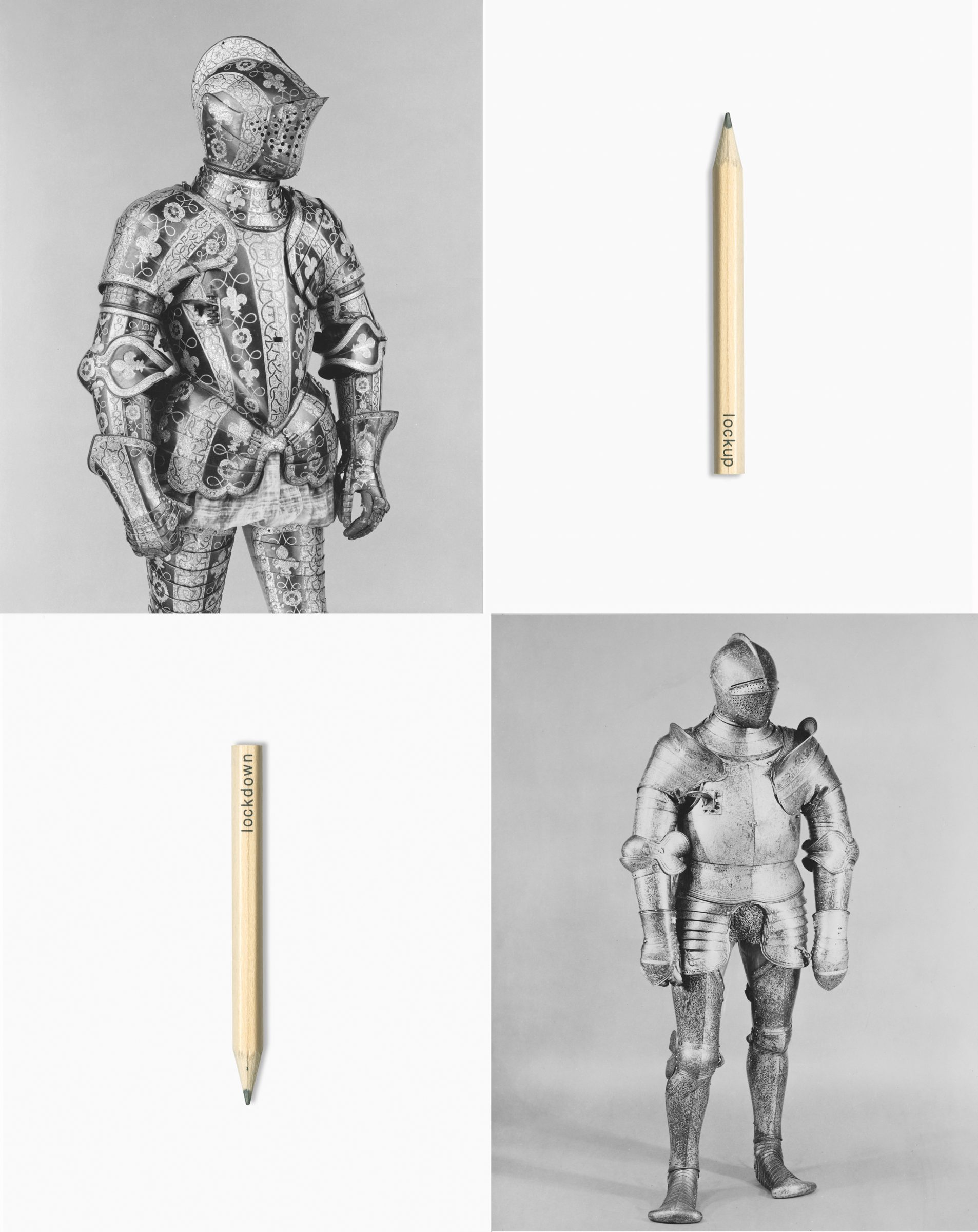
What Photography & Incarceration have in Common with an Empty Vase, 2019
What Photography has in Common with an Empty Vase is a multifaceted body of work developed from a collaboration with Grain Projects and HM Prison Birmingham (the largest category B prison in the Midlands, UK), its inmates, their families as well as a myriad of other local organisations and individuals. Using the social context of incarceration as a starting point, I explore the philosophical concept of absence, and address a broader consideration of the status of the photograph when questions of visibility, ethics, aesthetics and documentation intersect.
more >